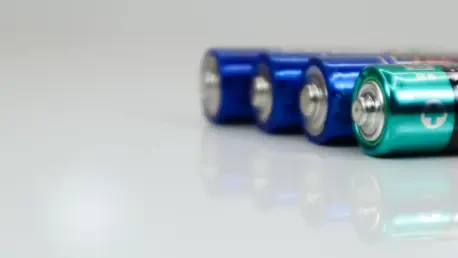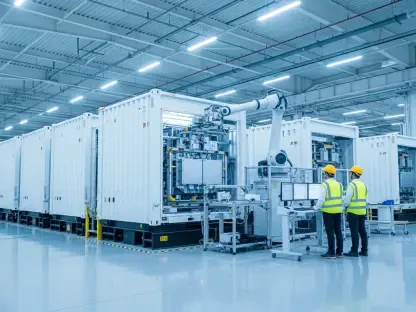The global transition toward renewable energy sources underscores the critical role of lithium-ion battery-based energy storage systems in facilitating this shift. In light of recent safety incidents, there is increasing scrutiny on battery manufacturing techniques. This analysis examines the market dynamics surrounding advanced manufacturing methods, emphasizing how these innovations could redefine safety standards and efficiency in the energy sector.
Unveiling the Market Dynamics and Urgency
Lithium-ion batteries have increasingly become central to powering electric vehicles, grid storage, and portable electronics. However, recent incidents have spotlighted manufacturing flaws as potential threats to safety, posing significant risks to sustainability efforts. This analysis provides insight into current market conditions, technological advancements, and the urgent need for safer battery production.
Exploring Manufacturing Trends and Technological Advancements
The Imperative for Enhanced Production Techniques
As safety remains a paramount concern, the market is witnessing a shift in production techniques focused on minimizing defects. Lithium-ion batteries consist of many layers where small imperfections can lead to chain reactions of failure. Industry assessments indicate the growing adoption of precision manufacturing and design adjustments to bolster battery reliability.
Embracing Polymeric Solutions for Increased Safety
A noteworthy trend is the integration of polymeric current collectors as an alternative to traditional conductive materials. This approach aims to mitigate the risks associated with internal shorts and excessive heat generation. Although traditional methods have dominated to date, polymeric solutions present a promising avenue for safer, cost-effective battery production, making them appealing to manufacturers seeking an edge in technology and safety.
Divergent Approaches and Regional Insights
While technological advancements are gaining traction globally, their adoption varies across regions and sectors. Innovative processes, such as dry electrode techniques, are increasingly adopted in regions with supportive regulatory frameworks, though market readiness remains a challenge. As manufacturers seek to balance innovation with compliance, region-specific strategies are emerging.
Prospects for Safety-Driven Battery Manufacturing
The shift in battery manufacturing practices aligns with broader environmental goals and heightened regulatory scrutiny. Trends suggest the industry is moving toward more robust production techniques, responding to both market demands and safety imperatives. With industry leaders anticipating significant transformations, a future where manufacturing innovations significantly reduce safety risks is within reach.
Strategic Implications and Recommendations
For businesses and industry professionals, embracing advanced manufacturing processes presents an opportunity to address fire safety with proactive strategies. By investing in research and collaborating across sectors, companies can cultivate a competitive advantage. Understanding regional and regulatory pathways is essential for navigating this evolving landscape, positioning technologically adept firms for success.
Reflections and Future Considerations
As recent incidents have underscored, innovative manufacturing holds the potential to transform lithium-ion safety landscapes. Market participants must reflect on the implications of safeguarding energy storage, evaluating how technological advancements can drive industry standards and secure widespread renewable energy adoption. Moving forward, collaboration and technological investment are pivotal, empowering manufacturers to not only mitigate current risks but also seize opportunities in the sustainable evolution of energy systems.









